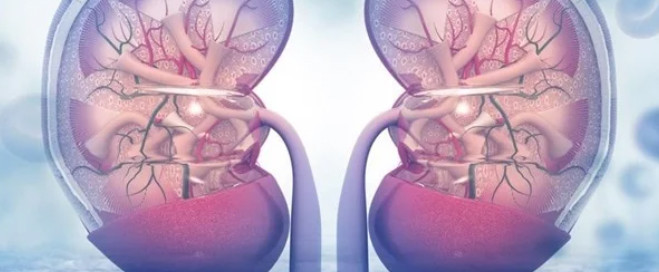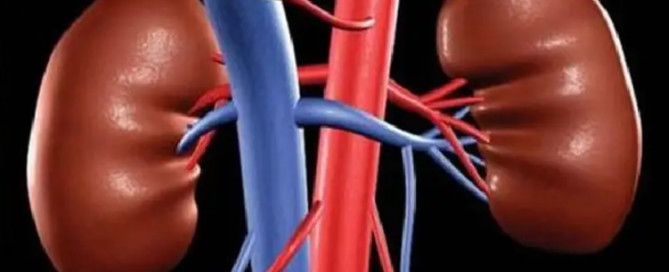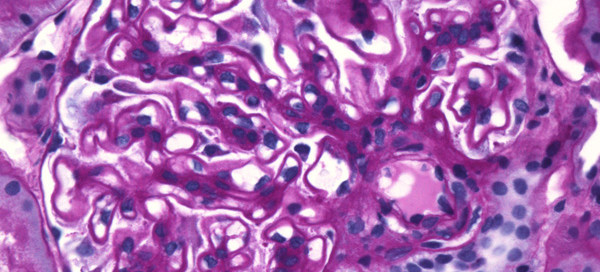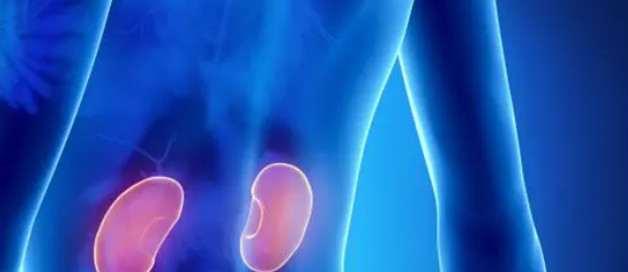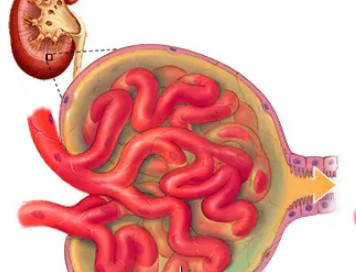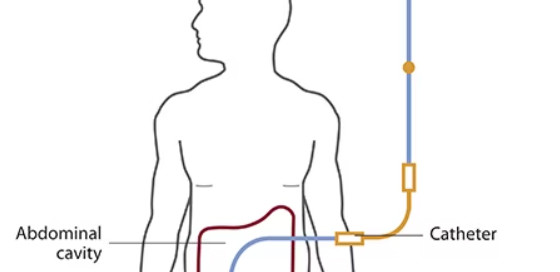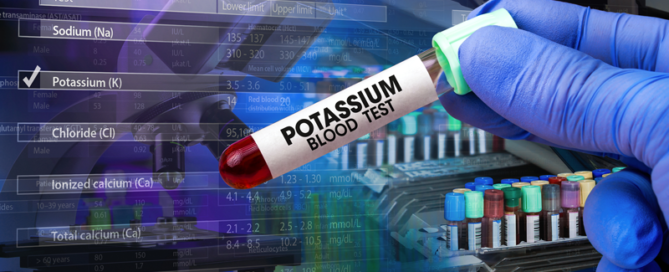Nephrotoxicity from Chemotherapy
Nephrotoxicity from Chemotherapy There are many different mechanisms of nephrotoxicity from chemotherapeutic drugs. These include indirect and direct renal toxicity. Indirect mechanisms Prerenal AKI due to hypovolemia from chemo induced nausea, vomiting, and diarrhea Ischemic acute tubular necrosis (ATN) from neutropenic sepsis or cytokine release syndrome (seen in CAR-T therapy) Direct mechanisms Nephrotoxic

